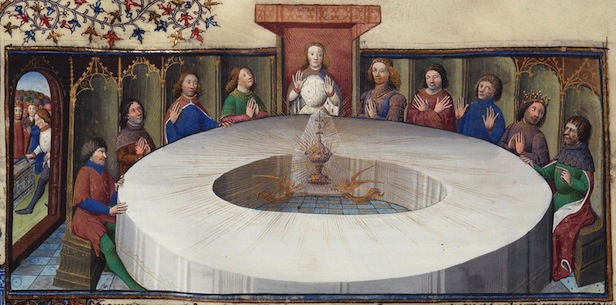The mystical Holy Grail has caught the attention of many writers, archeologists and myth busters the world over. But what exactly IS it?
The first mention of the grail appears in the incomplete poem The Story Of The Grail written between 1180 and 1191, but said grail has no holy or mythological properties. It wasn’t until the grail appeared again in Robert de Boron’s verse romance Joseph d’Arimathie between 1191 and 1202 that the grail or ‘chalice’ is linked to Christ, claiming that the sacred cup was used in the last supper and to collect Christ’s blood on the cross.
The grail then appears in a growing selection of texts, in some it keeps its religious connotations and links to Jesus Christ, but in others it becomes entangled in King Arthur’s quests, even becoming a cauldron that magically produces food. Because of this it becomes difficult to trace the true origin of the grail, whether it originates from Celtic folklore or a Christian symbol, or both. Either way, the quest to find the true ‘Holy Grail’ has led to several claims of discovery around the world and even whispers of a Templar plot to hide it. However, there is no actual evidence to believe the mythical grail exists. The actual cup Jesus would have used at the last supper would have been made from wood and would have decomposed to dust unless, of course, it was infused with sacred qualities, which is yet again impossible to prove. So for now, until some miraculous discovery is unveiled, we must conclude the Holy Grail to exist wholly in folklore and myth.
Discover the answer to all your historical questions by picking up a copy of All About History now.

